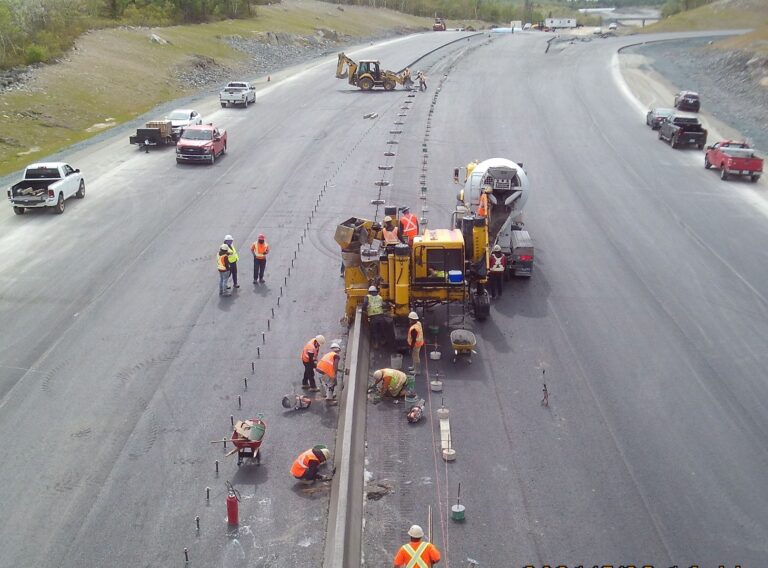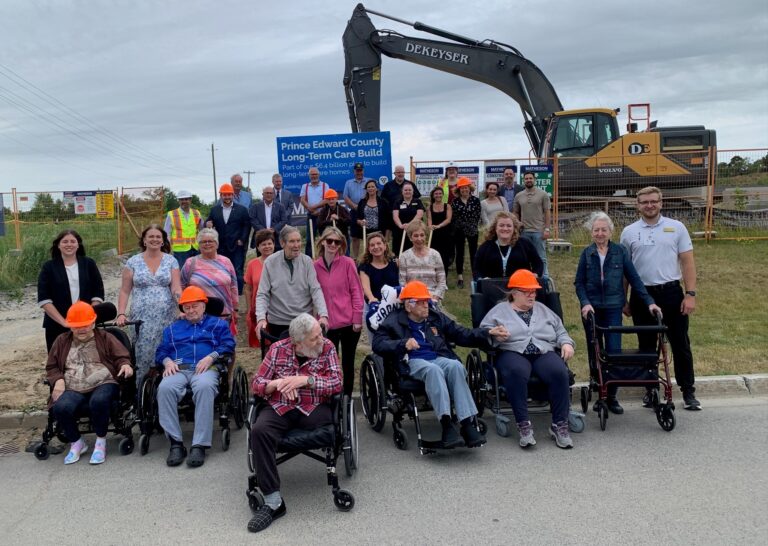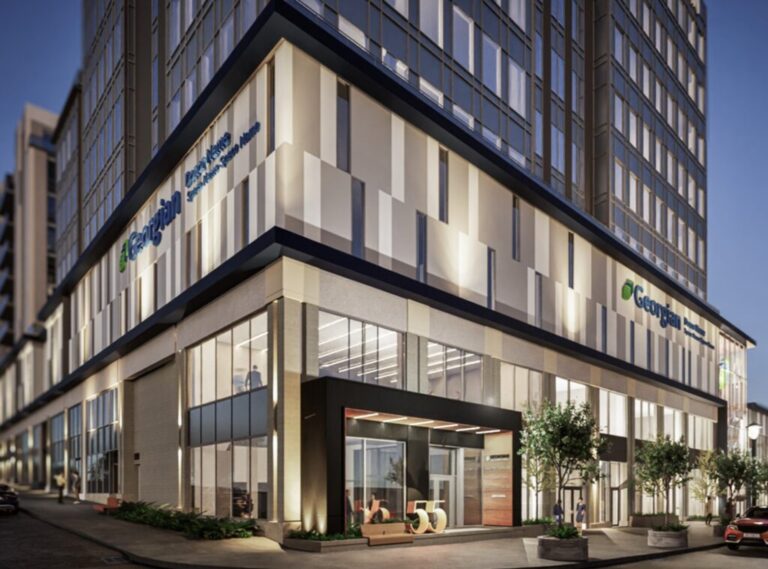Infrastructure Ontario has released its 2017 project pipeline update, with 32 projects representing an estimated value of $15.8 billion.
“Our pipeline this year represents the largest set of projects in our history by dollar value,” said Ehren Cory, CEO of Infrastructure Ontario.
The 32 projects represents an almost even split, with 17 civil and 15 social projects represented. That’s a shift from previous investments listed in the pipeline, as an influx of new health care projects were added for 2017.
“If you think of IO in eras, era one was the huge push on hospitals and buildings, era two was the massive influx of the transit projects and the last few years have been heavily skewed toward our civil projects,” explained Cory. “This year, era three, is a rebalancing. Of the new projects we’re adding into the pipeline they’re almost entirely on the building side. There are a lot of major civil projects that were already on the pipeline last year and they remain there. But it’s really an era of balance.”
These projects include some of those introduced in the release of the provincial budget in April, including hospital projects in Hamilton, Windsor, Kingston, Niagara, and Moosonee/Moose Factory. There is also the new James Bradley Environmental Sciences Centre, being built in Toronto, which represents a seventh new building project on the pipeline.
The building projects also represent a shift to the expansion and rehabilitation of facilities of growing regions of the province, rather than the influx of new builds we had previously seen to meet the growth needs in the Greater Toronto Area especially, but even in to the Greater Toronto Hamilton Area.
As Cory explained there is still demand for greenfield building projects in Ontario, such as the $1.3-billion Mackenzie Vaughan hospital which began construction in the fall of 2016. The rapid expansion of communities north of Toronto, including Vaughan, Richmond Hill, Maple and Woodbridge fuelled the need to build the new state-of-the-art facility, the first smart hospital project supported by Infrastructure Ontario.
But for the most part, new projects in the building sector, including court, justice and detention facilities as well as additional social projects, represent a focus on rehabilitating existing assets to meet current standards and needs. These facilities are vital to the communities they serve, in the location they currently exist, but are in need of modernization to meet today’s industry demands, as well as the demands of expanding catchment areas.
Large-scale development
Of the 32 projects listed on the new pipeline, at least 19 are expected to break the $250 million threshold. Six projects are listed with an undetermined value, so that number could increase depending on the size and scope of the work being done on those projects.
Of the six new projects in the health care space, there is an event split between DBF and DBFM projects, with the latter involving the Mississauga, Niagara, and Windsor projects.
“The DBFM model is, for us, the best version of our AFP (Alternative Finance and Procurement) [model] in the sense that it creates the most alignment of incentives between us and the private sector, the most long-term thinking around design, construction, and maintenance, and the long-term quality of the asset and the long-term cost-effectiveness of the asset.”
What’s missing?
There are, as expected, some projects that have been discussed that do not appear on the pipeline. The most notable of those is the proposed $21-billion Ontario high-speed rail project, but others that have been floated for future development are not included as commitments on this edition of the pipeline.
As Cory explains, it’s not to say those projects aren’t still under some level of development.
“The pipeline is a snapshot in a point in time,” said Cory. “The pipeline represents projects that have matured to the point that the government has committed to them, committed funding to them, have either committed timeline for them or at least have a sense of what that timeline is, and we are now in to execution mode on them. The pipeline is meant, first and foremost, to help the industry, to help the market, gear up. It’s a call to action.”
Beyond the report
The next-level horizon, as he refers to it, represents projects like high-speed rail, where the scope of the project is being determined, and things like the financial structure and the deal model are being determined.
What is interesting to watch, as Cory explained, is the number of projects in the next horizon that involve multiple levels of layers of government. He noted that those projects often take a little more time to progress, citing the Downtown Relief Line in Toronto as an example. Projects like this, transformational infrastructure projects, take extra time to get all of the pieces in place to ensure the project is done right, “time well spent” as Cory quipped.
To view the new Infrastructure Ontario project pipeline, visit https://www.infrastructureontario.ca/Market-Update-2017/










